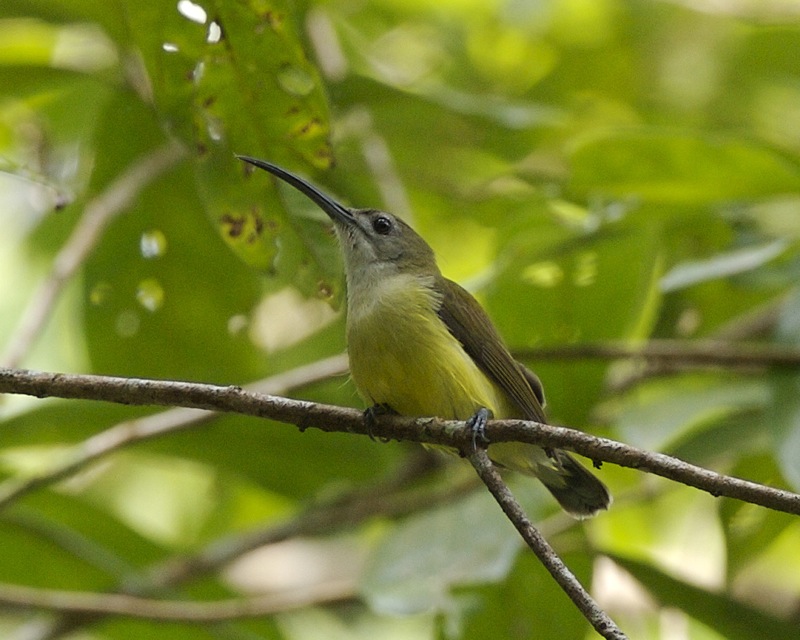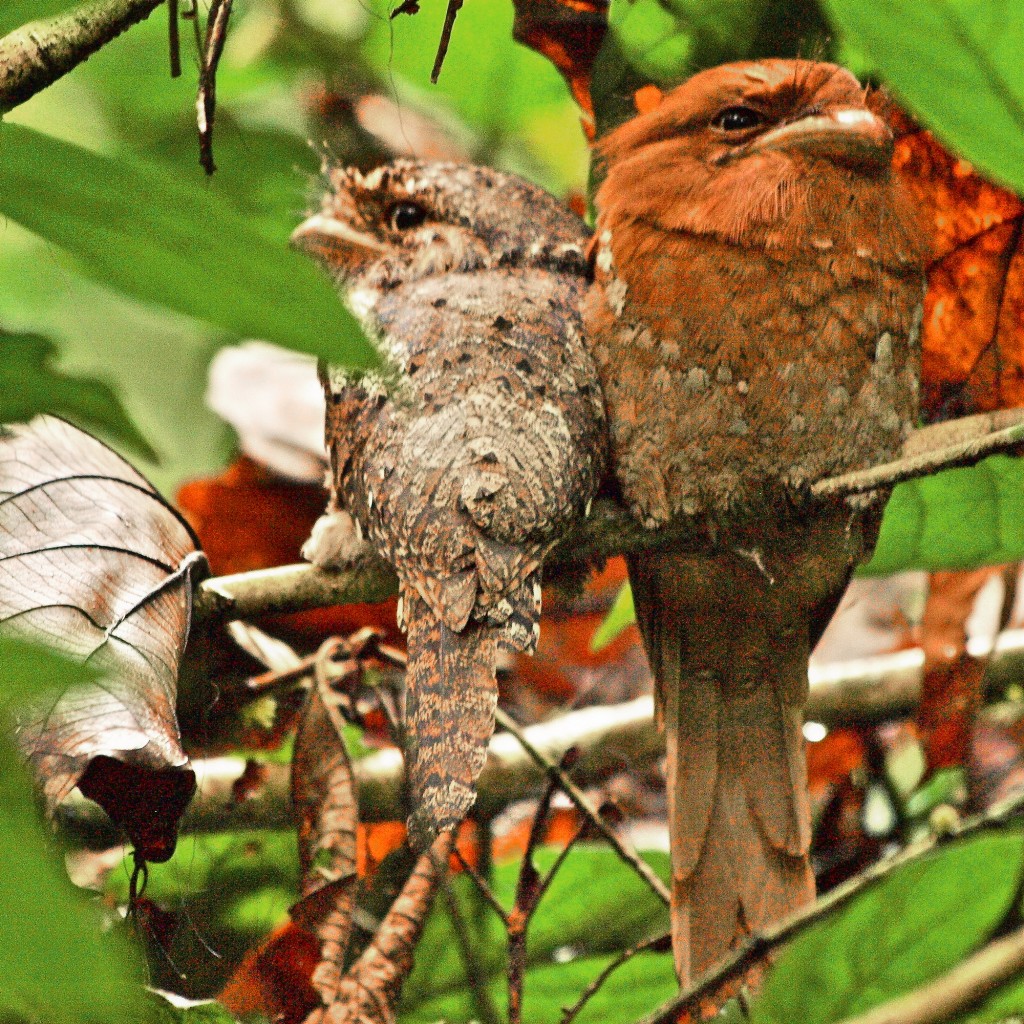As I drive to the end of a newly constructed bridge across the moss green Periyar River on my twowheeler, Thattekkad stands as lovely and as inviting as ever on the opposite bank. To the east, the 1,716-ft high Njayapilli, the highest point in Thattekkad, cuts a dark silhouette against an early morning sky. I’ve virtually lost count of the number of times I’ve frequented this pristine terrain; and each time, I experience something new, or discover an interesting tale to treasure.
After completing the formalities at the sanctuary gate at Shivakshetrapadi, we disappear into the forest, accompanied by a friendly local guide. Suddenly, a flock of egrets takes flight, painting dapples of pure white against the verdant canvas. The stench of a departed creature tells us why the egrets have congregated in the midst of the jungle — they are scavenging on morsels, playing the role of the great vultures who occasionally visit Thattekkad Bird Sanctuary. As always, giant squirrels raise their staccato alarm calls from the high trees, warning other denizens of our intrusion.
Crunching fallen leaves underfoot, we walk briskly, following our energetic guide who suddenly makes a detour to the right, cutting through a delicate trekking path towards the river. Here we chance upon the ruins of an ancient Shiva temple, with nothing more than stones strewn all around. Now comes our big surprise. Our guide points to a tree just beside us, and straining my eyes, I see the shadowy outline of a bird, sleeping lengthwise on a branch. The mottled, greyish-brown plumage is perfect camouflage, blending with the branches, and only its slightly hooked bill is conspicuous. My heart skips a beat. Before I can say anything, our guide gently whispers, “Ceylon frogmouth.” We are all elated, for this is a rare species of bird, difficult to spot, and we feel privileged to see one. Frogmouths, incidentally, sleep for most of the day, are active at night and feed on large insects, small lizards, and occasionally even mice.
The forest canopy suddenly comes to life as a shrieking flock of rose-ringed parakeets fly across the blue sky. Three pairs of Malabar grey hornbills, flapping loudly from tree to tree, also add their raucous cries to the symphony. By midafternoon, the birds are at their chirping best. The haunting solfeggio of the elusive Malabar shama resonates in the lush jungle, with piebald magpie robins, black-headed orioles, tree pies, sepoy bulbuls and aggressive racket-tailed drongos all adding to the unforgettable audition. Amidst the musical score, we chance upon a pair of grey jungle fowl, running comically in a zigzag pattern, with the hen following her beau in blind faith.
The riverside attracts scores of egrets and gregarious little cormorants, but we are lucky enough to spot a brown fish owl take off on silent wings and a lone open bill stork, one of the earliest winter migrants, wading in the shallows for a mid-day meal. We are also fortunate enough to spot such elusive species as the Malabar trogon and the crested-serpent eagle. Other rare birds found in Thattekkad Bird Sanctuary include rose-billed rollers, Malabar pied and great Indian hornbills, magnificent grey-headed fishing eagles and the extremely rare peninsular bay owls. While I muse on all this, the guide dispenses another nugget of information: the wing-beats of large birds can be heard more than half a mile away.
In Thattekkad, the first bird sanctuary in Kerala with a checklist of over 300 species, a guide is a must if you want to recognise the local flora and fauna. In fact, it’s compulsory to hire guides, and their company is in any case valuable, for they have immense knowledge of the forests, can take you through less explored trekking paths, and are the best bets to help you out in case of emergencies.
As we walk in the forest, I think of how this landscape undergoes a dramatic change in the rains. Wild flowers spring up in a profusion of colours and the undergrowth bustles with fresh life. Of course, it is the drier spells, which paint the forests an earthy brown, that are ideal for birdwatching. As the trees are leafless, spotting birds is much easier. But whatever the season, I know I will be coming back for more.
About Salim Ali Bird Sanctuary, Thattekkad
Way back in the 1930s, the late Dr Salim Ali described Thattekkad as “the richest bird habitat in peninsular India, comparable only with eastern Himalayas”. A sanctuary was established here in 1983. A number of animals are also found in the sanctuary, and these range from snakes and elephants to giant squirrels and flying lizards. As many as 300 species of birds are said to be found here. The undulating terrain is covered by tropical evergreen and semi-evergreen forests, and grasslands. Teak, rosewood, jungle jack, red sandalwood, Lagerstroemia microcarpa and Terminalia paniculata abound, along with the huge Tetrameles nudiflora — locally known as cheeni. The latter’s lightweight wood is used in the matchstick and plywood industries. Another find here is the rare telli, whose aromatic sap is used as incense.
Quick Facts
State: Kerala
Location: Also known as Thattekkad, the sanctuary is spread over 25.16 sq km in the foothills of the Western Ghats in Ernakulam District. A part of the Bhoothathankettu Dam on the Periyar River lies within the sanctuary Distance 74 km NE of Kochi Route from Kochi NH47 to Aluva; SH16 (Aluva-Munnar Road) to Kothamangalam via Perumbavoor; state roads to Keerampara; ferry to Thattekkad
When to go: Thattekkad can be visited any time of the year, except in the monsoons (Jul-Aug), as things can get really soggy Best sightings Nov-Jan, during the winter migration of several exotic species arriving from the north
Go there for Birds and butterflies
About the Author
Sanjeev Verma works full time for a local travel and business information magazine in Kochi and also contributes to the Times of India.







